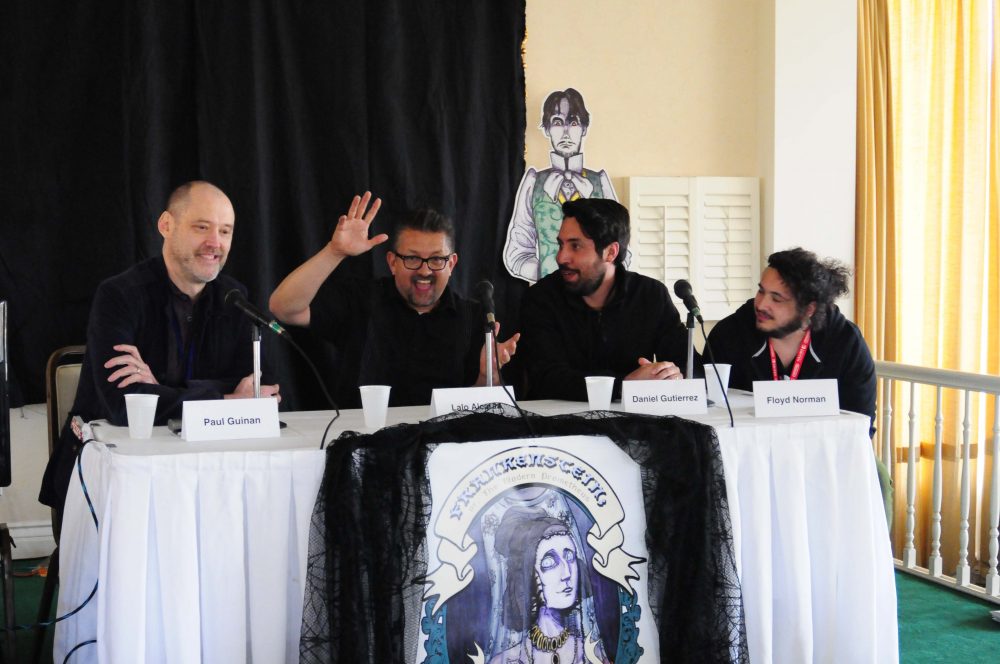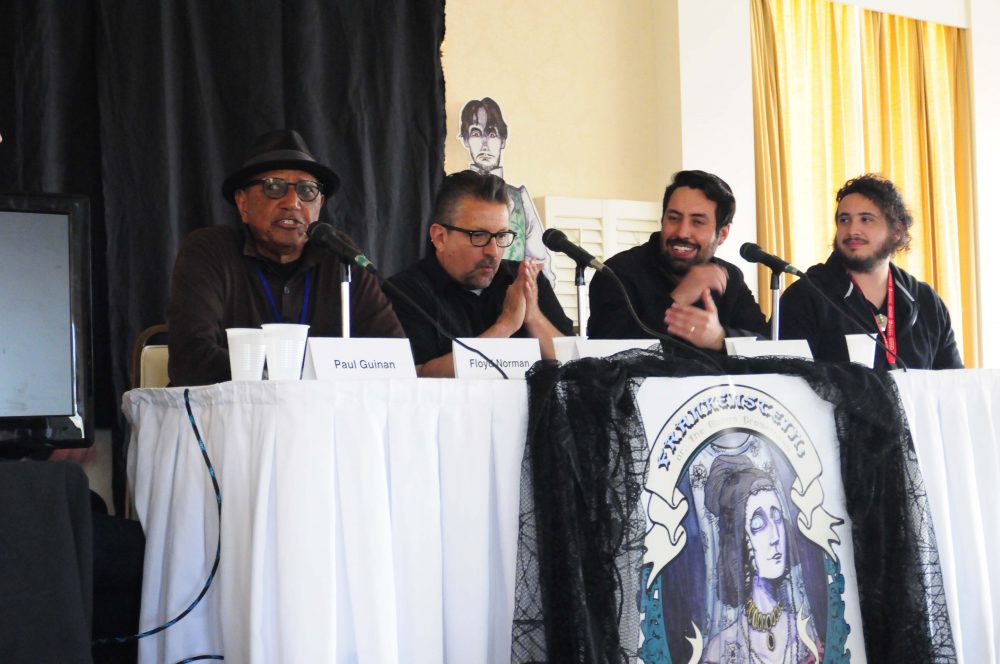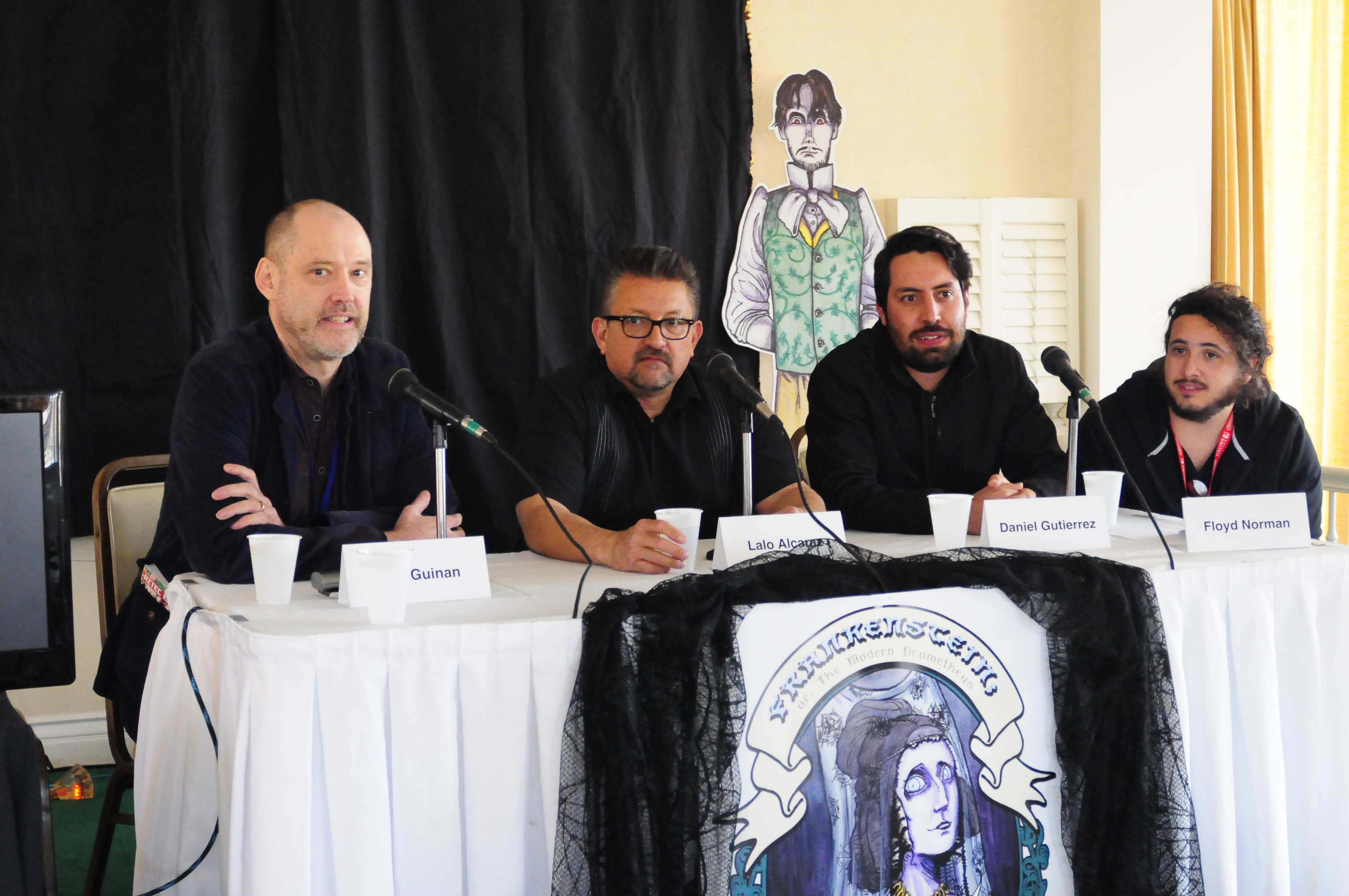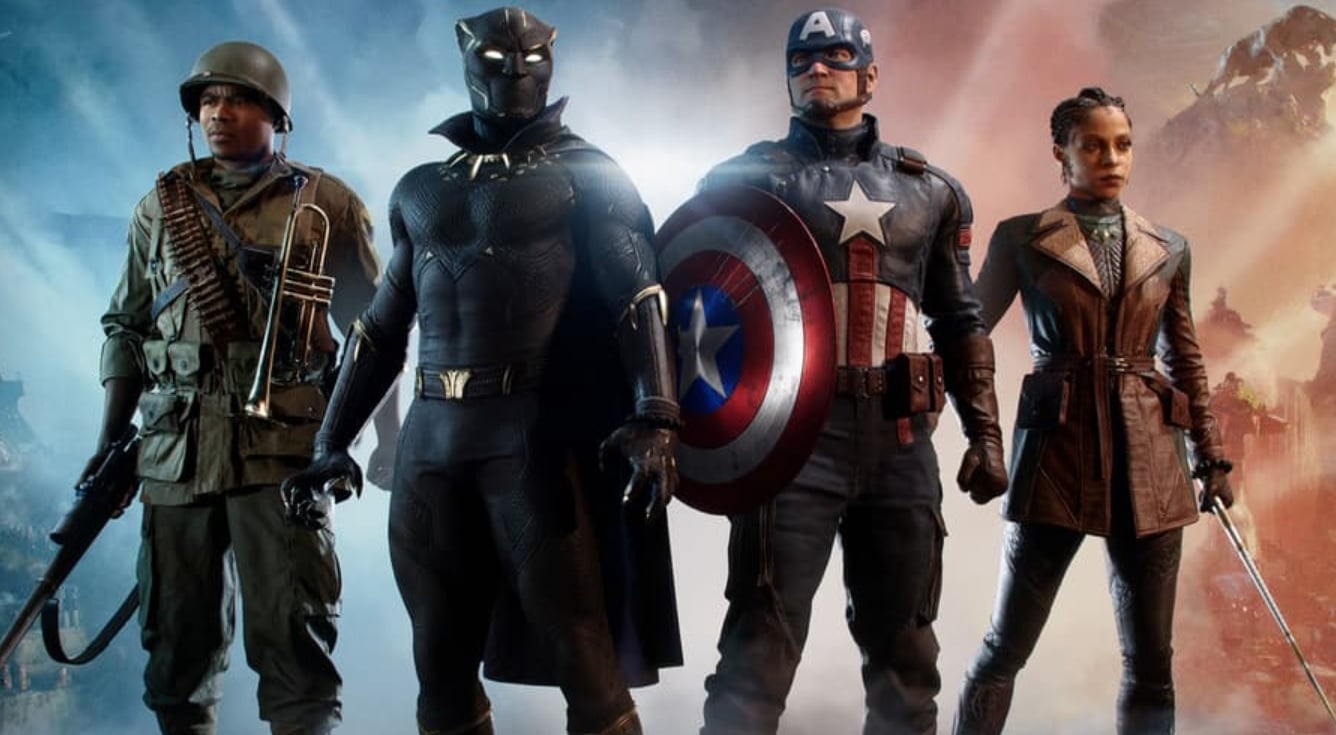In media and the culture at large, we’ve seen Native American identities used as sport team mascots, Sean Connery play a Japanese man in You Only Live Twice, Allure magazine give a tutorial on how white women can have an afro, Kylie Jenner sport cornrows, and just about one-third of our population act a fool on Halloween. Cultural appropriation gone wild!
Now, however, we are also seeing a shift in the Hollywood mainstream. The success of Black Panther has proven that the old belief “that will never sell to a broad audience” is no longer the case. This idea of cultural identify is not the only thing that is outdated these days. The breakout success of Wonder Woman has proven that our belief of gender roles need to also be revisited.

But haven’t we done culturally diverse movies and other works before? Why now are we seeing that they can reach greater success in the box offices? At this year’s San Diego Comic Fest, the likes of Paul Guinan, Lalo Alcaraz, Floyd Norman, and Daniel Gutiérrez discussed cultural appropriation in comics, films, and games; namely, when they are and are not done right.
Lalo Alcaraz has been working as a writer and political cartoonist for years. His daily comic strip, La Cucaracha, is a political, Latino-themed strip that has been in daily syndication since 2002. One of his most recent works of acclaim was on the Disney/Pixar movie Coco. The powerful “House of Mouse” is not new to cultural appropriation, using stories that have spanned the very globe. However, one of the reasons for Coco’s success was that Pixar wanted to make sure everything was as authentic as possible. That was why Alcaraz was hired as a cultural consultant for the movie. Even more importantly, the movie featured a full Latino voice over cast, with the likes of Gabriel Iglesias and Edward James Olmos lending their voices to roles. However, just because Disney made sure to hire the right people for the roles, did this make it okay for them to use another people’s culture for the movie’s story? Floyd Norman believes in this case, yes, it was.

Floyd Norman has had a long career in animation, much of his years spent at Disney alone. “You have to remember, for many years Disney just did European stories,” said Norman. “I was happy when films like Mulan were finally coming out. It was good to see us expanding from the typical ‘Disney’ thing.” It was also under the new ownership of Disney that films like Marvel’s Black Panther were even made possible. “I give that credit to our boss Bob Iger,” said Norman, “who ultimately had to make that decision in the face of such criticism.”
It is important to acknowledge that for any culturally diverse story to be told, there has to be someone willing to tell it. But, what if there is no one from that culture either willing, or for that matter still around, to do so? Paul Guinan has been a writer and artist for the likes of DC, Dark Horse, IDW, and others. Though of Caucasian descent, he likes to use in many of his works some aspect of Mexican culture. “I’ve been obsessed with Mexican culture since I was a kid.” One of the projects he is currently working on is called Aztec Empire, a graphic novel on the Spanish-Aztec war. “I’ve been waiting for years and years for someone to do this story fully, visually,” said Guinan. “I think I did my homework enough and respected the material enough to take it.” At this, all at the panel nodded their heads and gave noises of agreement. When it comes to cultural stories, Lalo Alcaraz said, “It wouldn’t be appropriate if you ‘Columbused’ it. How you respect the story is by doing your homework.” Guinan added by saying, “If we have it that one culture can’t tell the stories of another culture, we restrict ourselves.”
Sometimes, stories are told so that one’s culture is not forgotten. For Daniel Gutiérrez, this is why himself, Adriano Hernández, and others at video game development studio Lienzo created Mulaka. Mulaka is a 3D action-adventure video game that uses the culture and stories of the Tarahumara Indian tribe that currently resides in and around Chihuahua, Mexico, where the studio is also from. The small tribe, known for their prowess in running, lives partly in the public eye and partly in private. “When we saw that the children did not know where their stories came from, we decided to make a video game about them,” said Gutiérrez. Though not Tarahumara, Gutiérrez and others at the studio asked the tribe if they could tell their stories. Once they got permission, they spent a week living with them, asking questions and learning as much as they could. In this way, the Lienzo team made sure they did everything as appropriate as possible in wanting to tell the stories of the Tarahumara people.
Though the concept of cultural appropriation has been ill used for many years, it doesn’t mean that it can’t be done right. Works like Coco, Mulaka, Black Panther, and many more newly-emerging ones prove that if the material is respected and one’s research is done right, there is no excuse to not be able to produce an authentic and heartful work that can play an important role and homage to that cultural, while also spreading a greater awareness of it.








I’ve never understood the whole idea of “cultural appropriation.” I routinely wore what would be considered “Afro-American” fashion labels in high school and college.
No one accused me of “cultural appropriation,” I was simply “that white kid who wears FUBU and Cross Colours.”
One of my white co-workers wears a dashiki every day. Oddly, only other white people accuse him of cultural appropriation. Our black co-workers just shrug and say they have more important things to be outraged over than one guy who likes to wear dashikis.
I love how people appoint themselves spokesmen and arbiter of an entire culture. What a joke. There’s good work and there’s bad work. That’s it.
This is one more brilliant site page that has demonstrated me astonishing resources which fuses instructional activities and materials to the critical class of topic subject. So I propose you before long experience these awesome advantages for get the hang of something which is astoundingly useful for everyone out there.
Comments are closed.